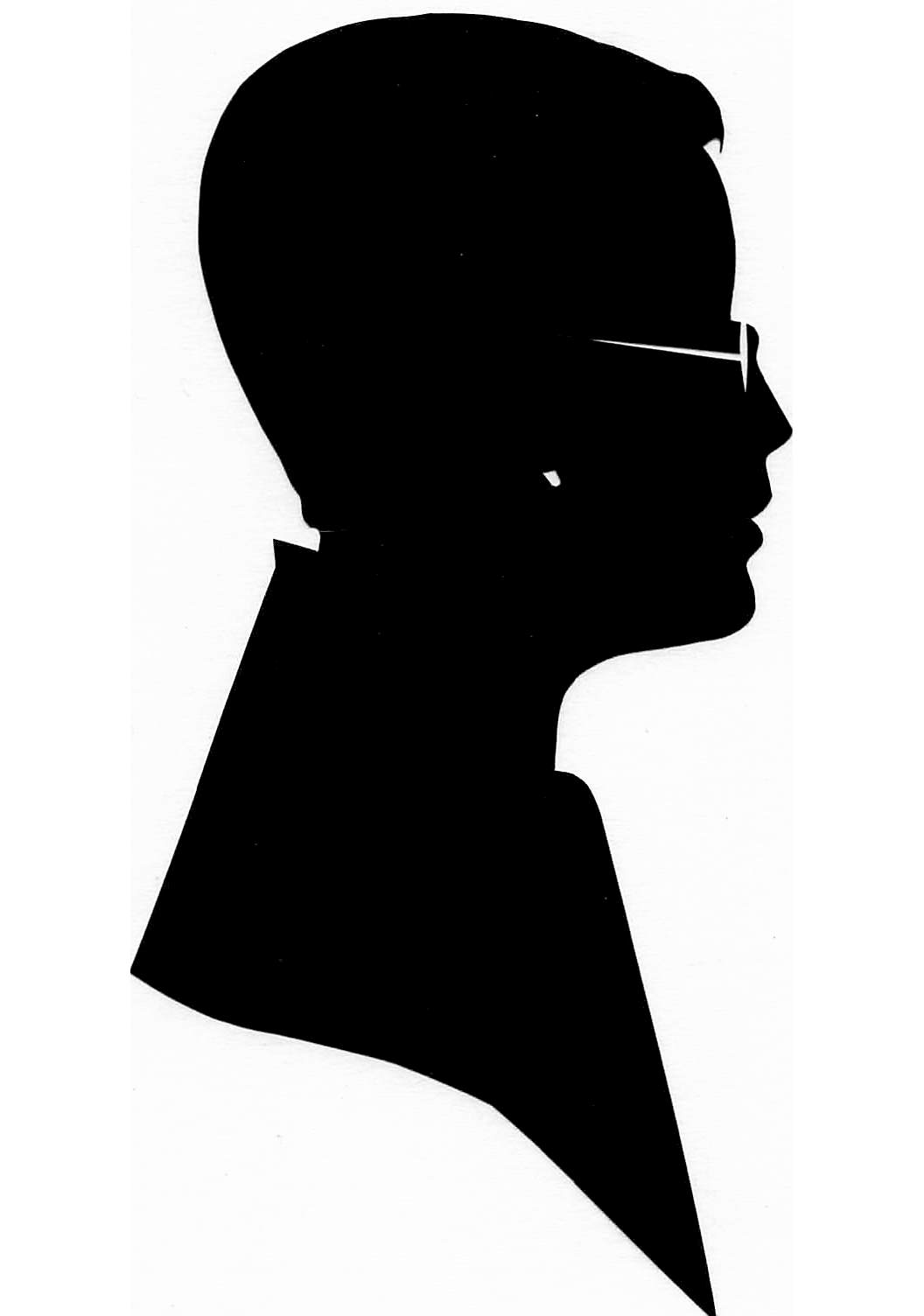My films are not obvious. I depict the everyday: children and adults in their own environments. I emphasize dignity. I lack a political or narrative agenda. The subjects do not lead to anything beyond themselves. This is life for what it is and not for what it symbolizes.
I am a one-person crew, and I edit. Adding a crew member would change the fly-on-the wall intimacy. Even a bigger camera would change everything. I want to disappear in their space. My films reveal an intimacy, and distance.
I film alone, mostly handheld, moving through space with my camera as an extension of my body. I am completely exposed to reality and its circumstances, to both failure and chance in my filming. I bring openness and discovery. I don’t judge reality. Reality is just “there”; it has its own rules. I explore in my work the external, not the internal; the “what” not the “why.” I like process, to record something that occurs whether or not I am there that day, something that speaks for itself, including a family meal.
With limited time and only available light, I use an analog camera for its portability and raw qualities. I shy away from a slick, polished look, preferring a format that offers some materiality to it. It is soft and restrained. With its roots in the home, community, and school recordings of the consumer camcorder, Mini-DV lowers everyone’s defenses to reveal something of themselves.
I trust in every person I choose to film. I lived in the South and was a Georgian for 15 years. I had known the families and the schools for years before I filmed them.
A student of film, painting, and photography, I am inspired by the domestic realism of Michael Apted’s UP series (England) and the Loud family in the PBS series AN AMERICAN FAMILY (Santa Barbara). Closer to home, I learned from Tom Palazzolo’s RICKY AND ROCKY that a Midwesterner can elevate an ordinary family ritual into a filmed observation. Eventually, becoming a mother myself deepened my sight on families, place, and the everyday.

